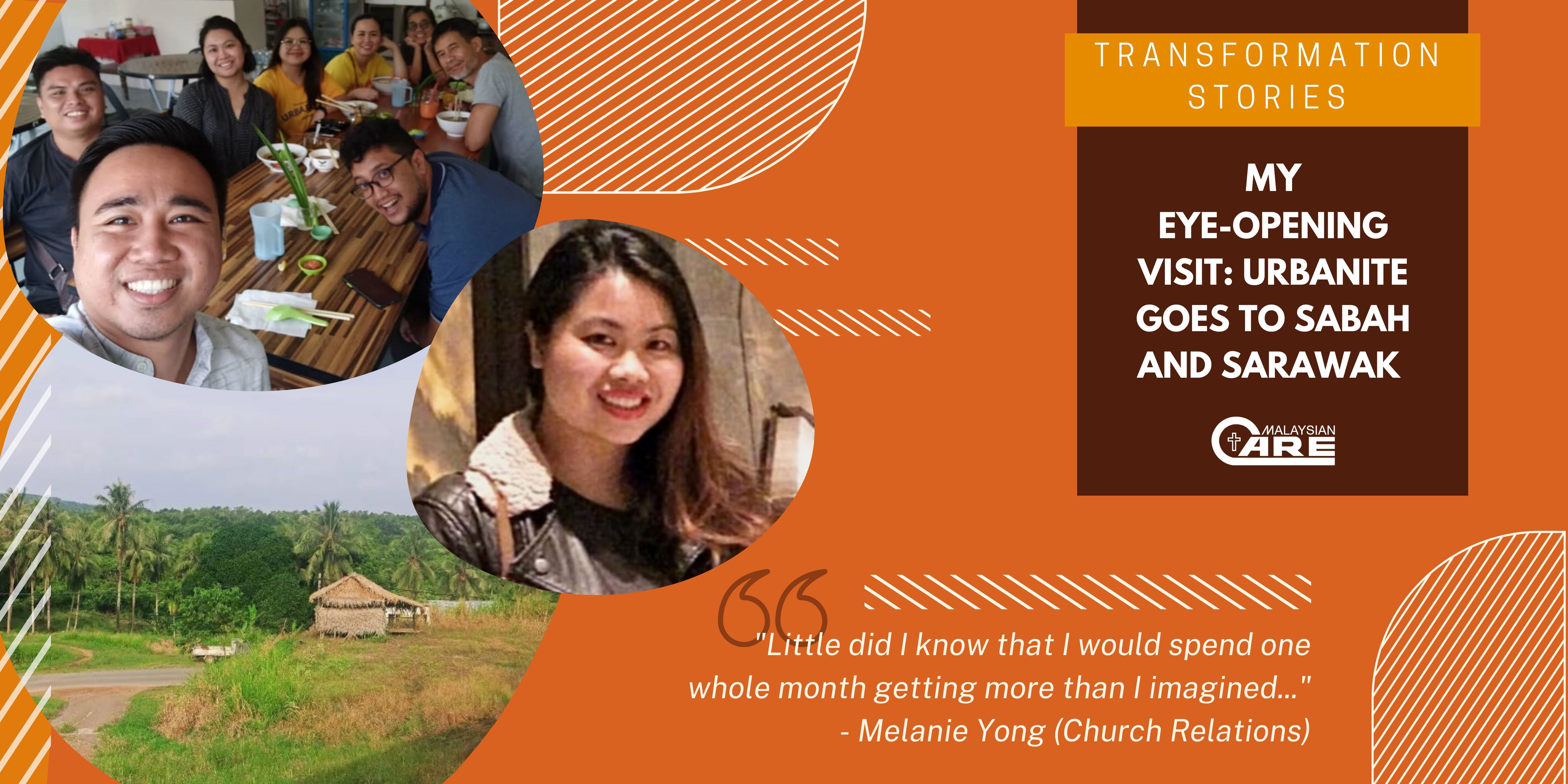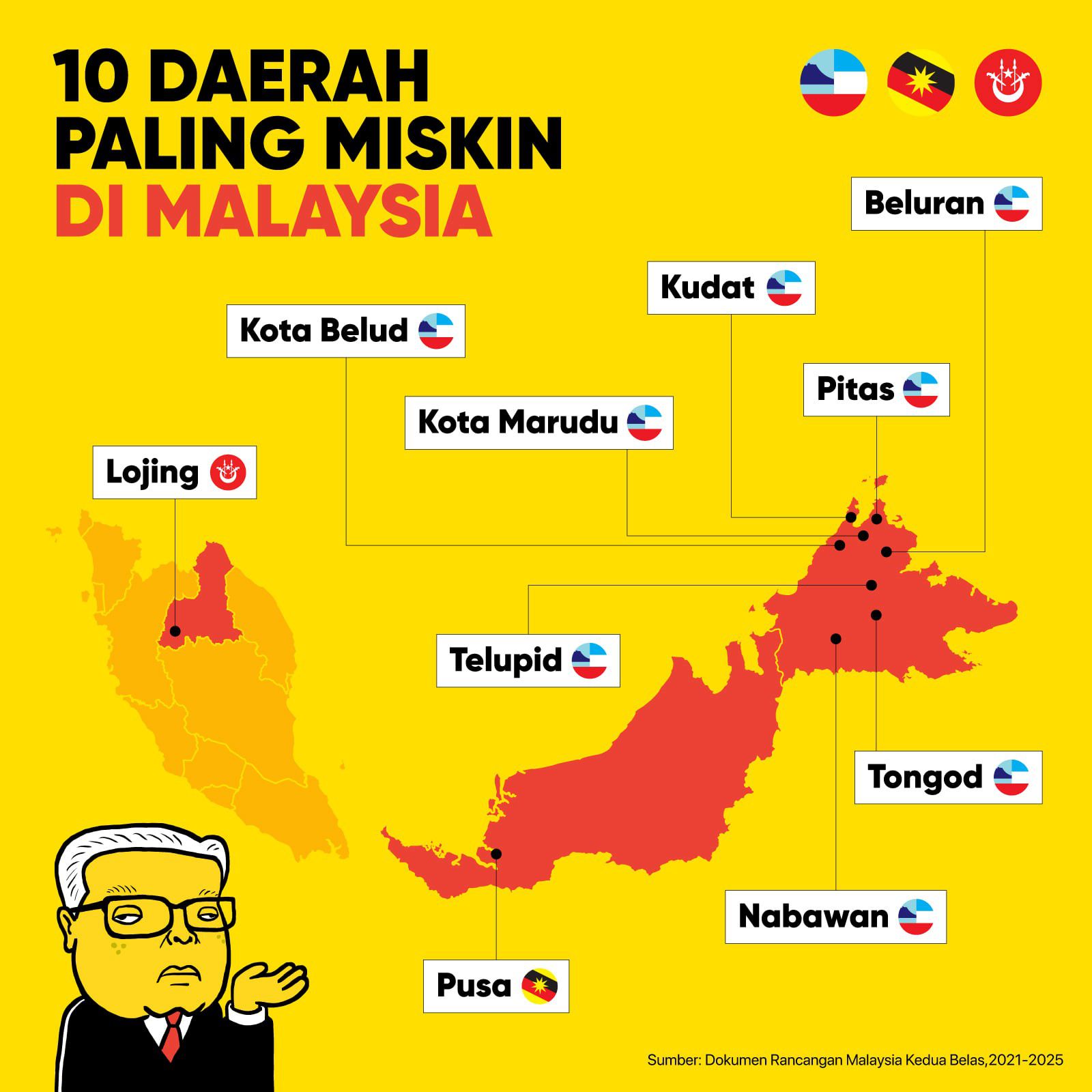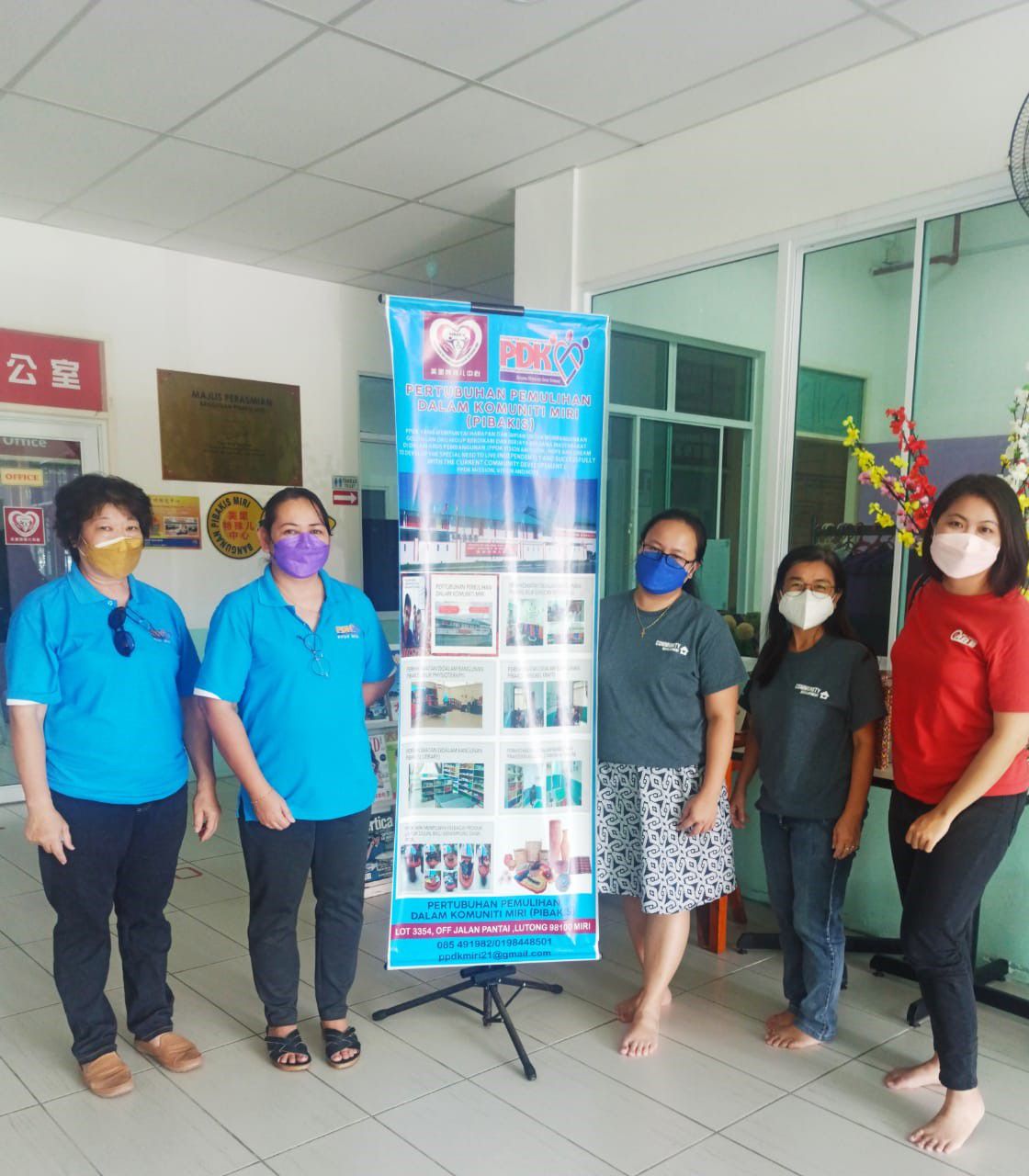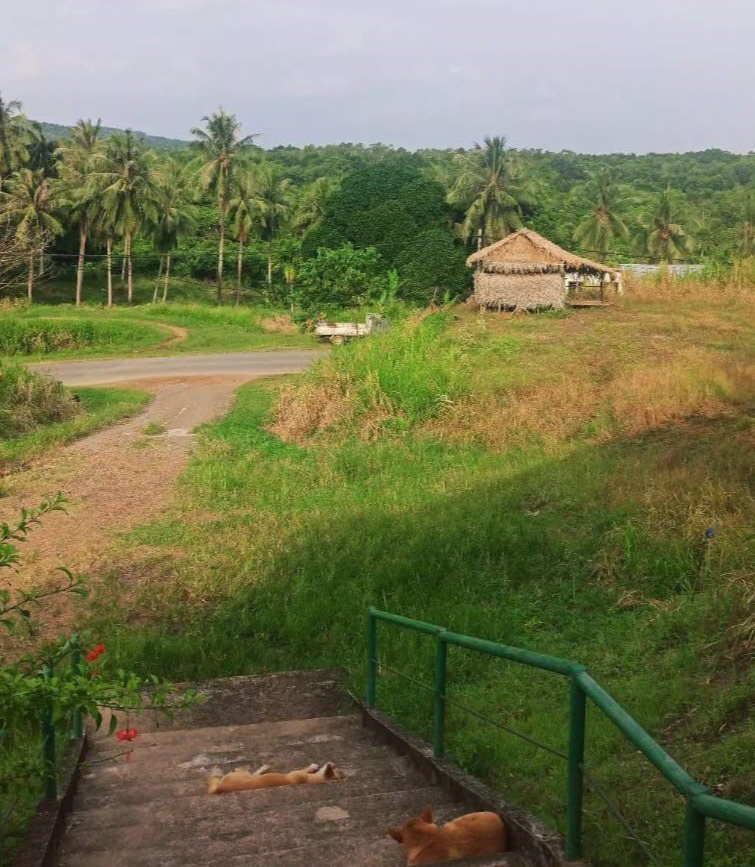
My Eye-opening Visit: Urbanite Goes to Sabah and Sarawak
As I write this my colleagues in Sabah are celebrating Kaamatan. But in years of past, I would not have paid much attention to this festival. Being and living almost all of my existence in West Malaysia, Sabah and Sarawak felt like a different country - I even have to get a special slip to enter! Even though we go through Sejarah (History) classes in school, how many of us truly understand what it means to be part of two separate islands each with its own distinct cultures, hosting multiple languages, histories and realities?
When I landed in Kota Kinabalu, it was the first time I met some of my colleagues. Working in such a large organization as Malaysian CARE, we get to befriend people from all over the country. But it also means that we barely get the chance to know each other beyond work. So I was thankful that my directors gave me this opportunity. My Borneo colleagues showed me what tough work it is to do community work. But they rarely ever complained, even when a motorist cuts them on the road, instead of complaining they joke(!).

8 out of 10 of the poorest districts in Malaysia are in Sabah. Artwork by Fahmi Reza.
I spent 3 weeks visiting our urban work in the Kinarut low income flats and Handprints, a toy library besides having meetings with leaders from the Basel Church. What took me by surprise was the exposure I had with Stairway to Hope & El Shaddai KK both of whom work with stateless children. Often we hear about the Philippines claim to Sabah by the Sulu Sultanate and think of it a minor dispute but this issue of migration between these islands, separated by a mere 500 km with smaller islands dotting the route, is real to the many Filipino children who are denied citizen privileges. I debated inwardly as to whether Malaysians should bear any of this burden but in front of my eyes I met Sabahans who went ahead and provided whatever assistance they could.
Malaysian CARE expanded to Kota Marudu in 2017. Again, because I did not understand nor saw the lay of the land, I wondered why we needed to be there. Why not Sandakan or Tawau? In this trip I understood why. Kota Marudu is right smack between the road towards Pulau Banggi (northward) and Pitas (eastward), who are both the two poorest districts of Malaysia. In the days to come as I travelled by car, ferry and four wheel drive into Banggi, I realise how immense the need is. And we only had three full time staff carrying out the work there.
PULAU BANGGI
Banggi is a largely undeveloped island, despite being larger than Penang. As an urbanite I wondered why the population is still living in wooden huts with some not having water supply. It is surrounded by water and had fertile land with coconut trees growing abundantly! But the road, the only one, only got as far as a quarter of the island. Any other roads one may see on Google Maps are dirt roads only accessible by 4WD. Transportation is extremely expensive and that starts a chain of effects - lack of accessibility to healthcare facilities, school, banks and buyers of produce. Most islanders farm the land and not having a working logistic infrastructure means that their crops spoil along the way or incur high transportation cost and selling it locally means no inflow of income.
I felt a strange bittersweet feeling.
Here I am experiencing what every millennial wants - a beautiful island life but looking at the suffering and hopelessness in the eyes of villagers denied a better living condition, it makes me feel ashamed as a West Malaysian. The Banggi team was hosted by a church helmed by two young pastors, both shared about how many pastors have left due to the challenging environment. These pastors need not be alone in this journey - we could go and be a blessing to the people they are ministering to.

